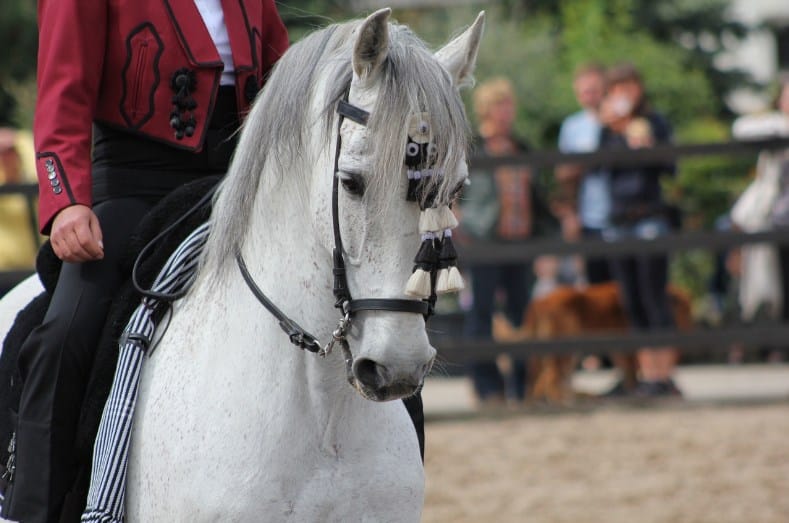From the thundering hooves of horse racing to the graceful dance of Andalusian horses, equestrian culture in Spain is as important today as it’s ever been. Whether you’re a seasoned rider or simply fascinated with these magnificent creatures, you’ll find Spain’s equestrian culture to be a vibrant tapestry woven with passion, history and tradition.
Horses & Sport in Spain
As is often the case in other European nations, horses still play a central role in some of Spain’s most popular sports.
Horse racing, for instance, is an adrenaline-fueled sport that captivates spectators around the world, and Spain is no exception. Previously the domain of dedicated punters and racegoers, horse racing betting has soared in popularity throughout Europe — no doubt bolstered by the proliferation of horse racing free bets available at platforms like Racing TV. Expats and holidaymakers are often delighted to know that horse racing is just as strong an institution in Spain as it is in the UK and Ireland.
In fact, Spain boasts an impressive horse racing industry, with world-class racecourses hosting thrilling racing meets throughout the year. The most prestigious race in the Spanish calendar is the Gran Premio de Madrid, which is held annually at the iconic Hipódromo de la Zarzuela in Madrid. This exhilarating race attracts the very best trainers, runners and riders from across the country, as well as thousands of spectators who come to witness the speed and raw power of these magnificent thoroughbreds.
For a more aristocratic equestrian sporting experience, look no further than the “sport of kings” — polo. The game has a long-standing tradition in Spain, with the aristocratic elite embracing it from the beginning to create a flourishing polo scene in the country.
Much like horse racing, polo is a captivating game that requires horses and players to perform at their very best. Spectators can witness the country’s finest in action at exclusive clubs like the Santa María Polo Club in Sotogrande, Andalusia.
The Majesty of Andalusia
Speaking of Andalusia, this majestic region is deeply rooted in equestrian traditions; its association with horses dates back centuries. This is the region in which you’ll find the world-renowned Andalusian horses — with their graceful, fluid movements and expressive eyes; this breed is the epitome of equine elegance.
The Real Escuela Andaluza del Arte Ecuestre (Royal Andalusian School of Equestrian Art) in Jerez de la Frontera is a must-visit for horse enthusiasts. This prestigious institution showcases the art of classical dressage, where horse and rider perform a harmonious ballet, displaying the incredible bond between them.
In addition to its own equestrian wonders, Andalusia has also left an indelible mark on the wider horse world. The elegant Lipizzaner breed in Vienna owes its existence to the Andalusian horse. During the 16th century, Spanish horses were brought to Austria’s royal court, where they were crossed with local stock to create the noble breed.
Soon, Lipizzaners became the premier breed of the world-famous Spanish Riding School in Vienna. Although the school was established over four centuries ago, it continues to train riders and showcase the grace and precision of these magnificent white stallions through captivating public performances.
At the Heart of Spain
The roots of equestrian culture in Spain run deep and aren’t just limited to sports or professional riders and breeders; horses have and continue to permeate many aspects of Spanish life, as evidenced in Seville’s Feria de Abril.
This traditional, week-long festival, which takes place annually following the Easter Holy Week, transforms the city into a captivating world that’s alive with colour, music and dancing horses. Exquisitely adorned horses lead colour carriages through the streets while bailaoras and bailaors dance up a Flamenco storm.





